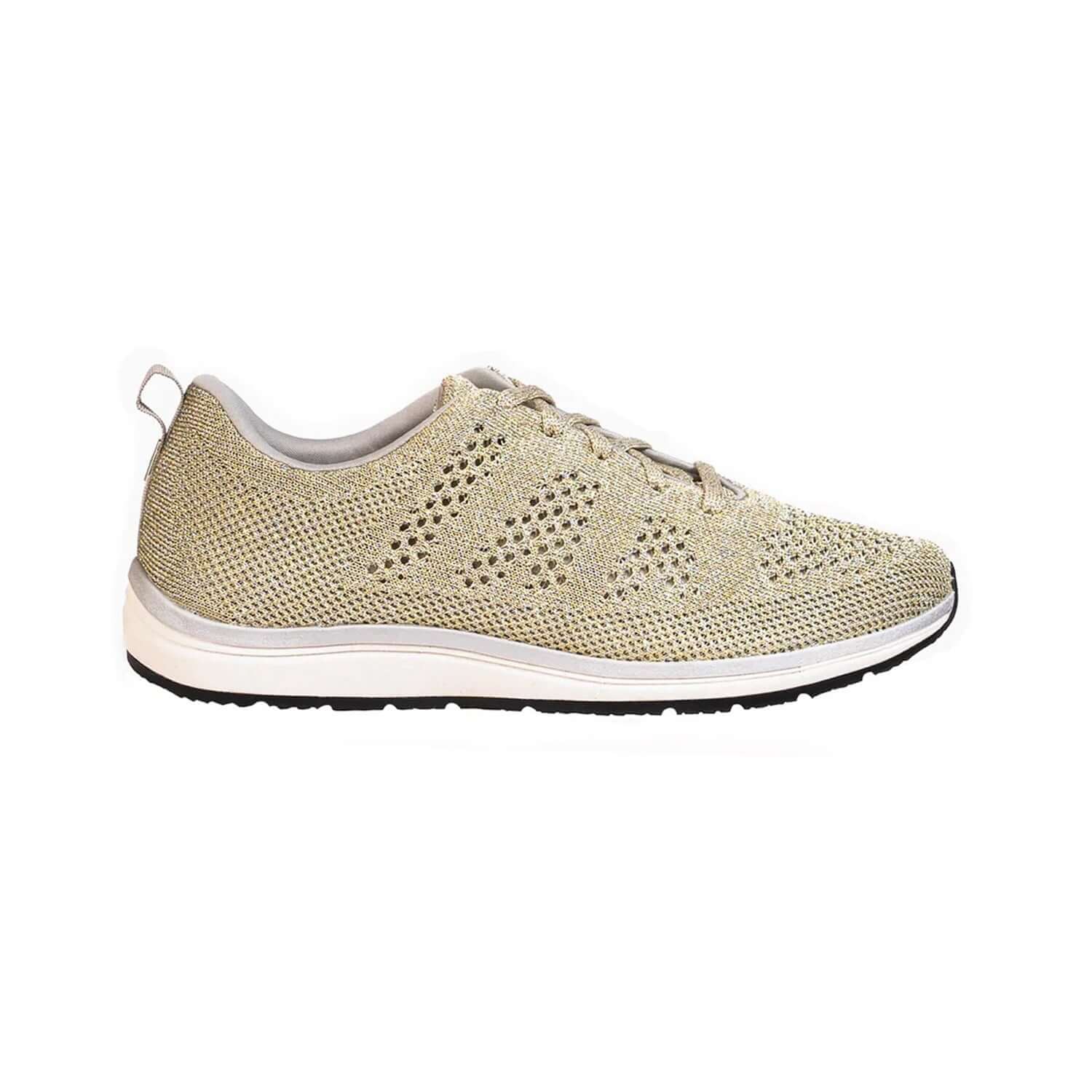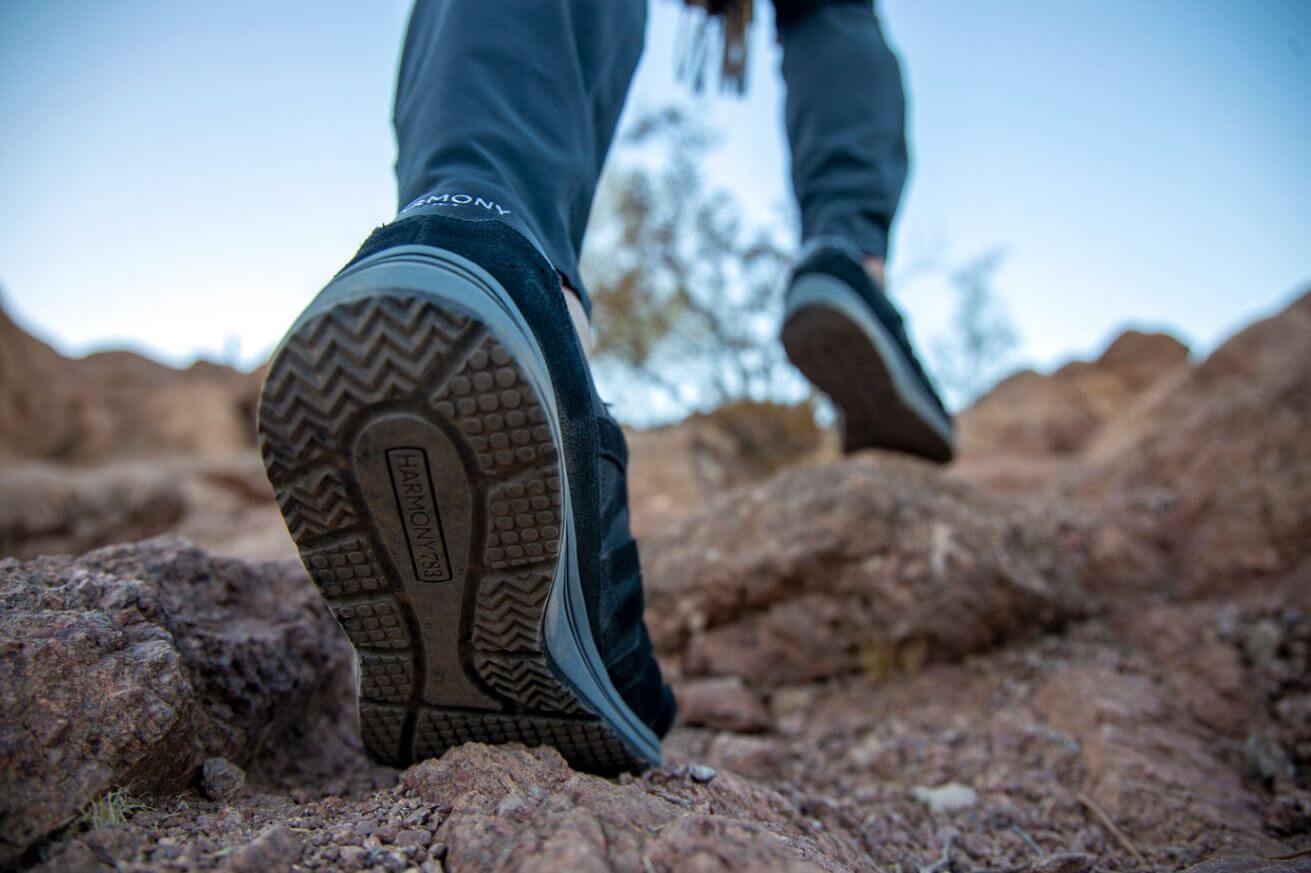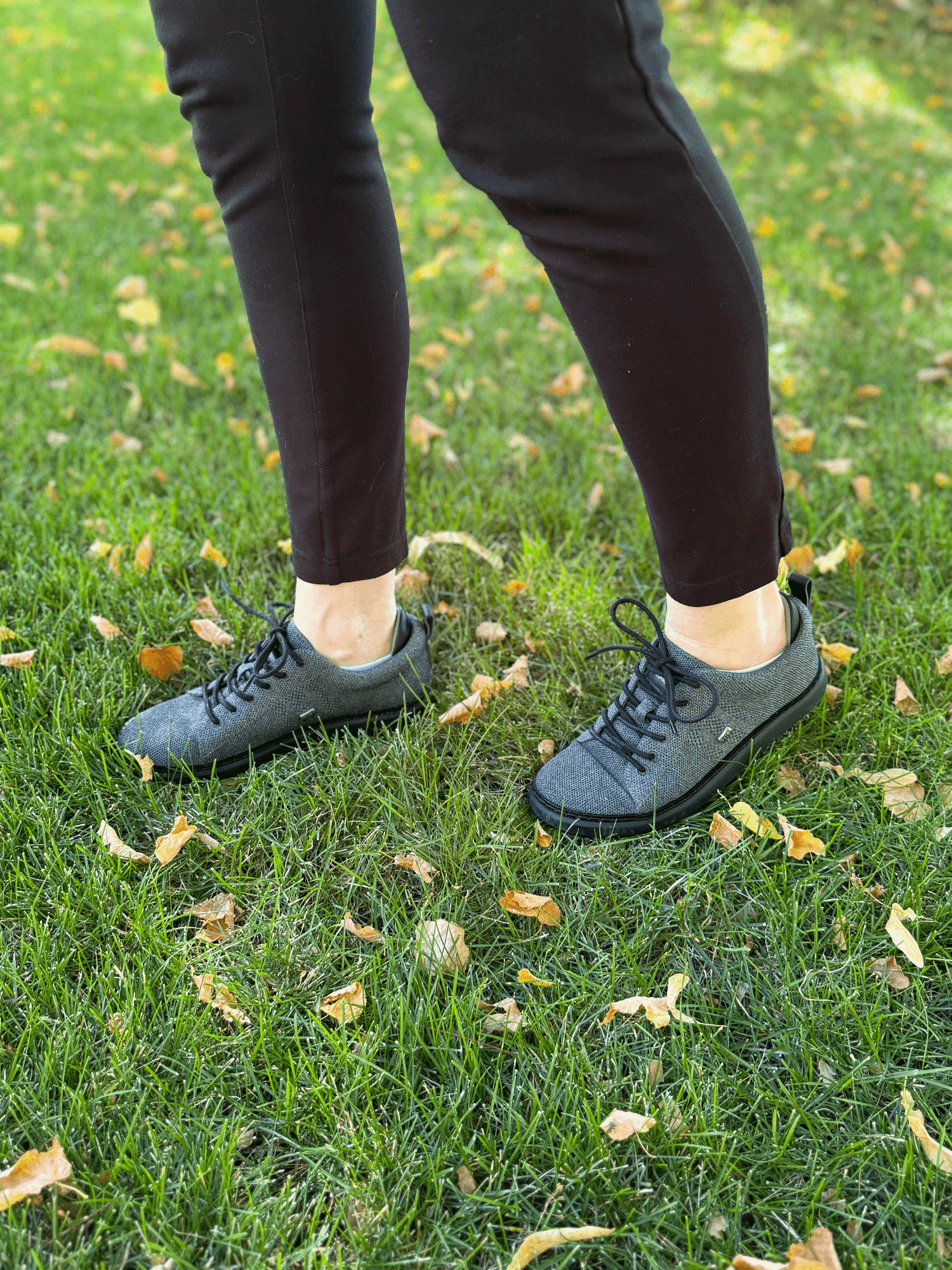Among the trendy and decidedly expensive fitness trends, one continues to set itself apart as free/inexpensive, versatile, and effective—walking.
Whether you are looking for a low-impact activity or a higher impact exercise to pump up your heart rate, walking is a great choice.
If walking is your go-to exercise, why not add some new elements to your routine? Changing things up will keep you engaged and can make your practice even more effective.
For instance, have you tried adding grounding techniques to your daily walk? Grounding, also called earthing, is absorbing the earth’s natural energies through direct bodily contact with the earth’s surface.
This practice has been shown to improve a long list of medical conditions, including chronic inflammation, heart disease, insomnia, and anxiety.
Here are a few step-by-step tips to include grounding in your walking routine:
Walk barefoot.
Our feet are one of the most conductive areas of our bodies. This makes walking barefoot especially beneficial when it comes to grounding.
Taking a stroll through the grass or soil or a leisurely walk on the beach can boost your overall well-being. Just being outside in the sunshine and fresh air can also improve your mental and physical health.
In modern times, we have less connection to the earth than in agrarian times. Today, scientists are studying grounding to determine its effectiveness for a range of physical and mental health ailments. This Mind’s Journal article further explains the many benefits of walking barefoot.

Use an appropriate grounding shoe.
When walking barefoot is not possible, grounding shoes are the next best option. HARMONY783’s grounding shoes are made with special conductive materials that allow the wearer to practice grounding on various surfaces.
Our men’s and women’s Jogger styles are the best choice for walking longer distances. These shoes are made with our proprietary Groundworks™ technology (which contains 99.99% pure silver thread) and earth-friendly, algae-based EVA by BLOOM in the midsole.
Mix up your route or terrain.
Perhaps your walking routine is limited by time or geography. Maybe your only option for walking outdoors is doing laps in the small park near your home.
When you can, try changing your route or adding more time and difficult terrain to incorporate hills into longer walks.
Always pay attention to your body. If you feel like it is too much, scale back your strides, take a break, and some deep breaths to bring your heart rate down. Be sure to drink plenty of water. If you have an existing medical condition, always consult a doctor about incorporating any kind of exercise routine.
Incorporate strength training.
Strength training is another excellent way to boost your walking routine. You can strengthen your core, which is vital for overall wellness by using your body’s weight and some natural elements for strength training activities.
For example, do push-ups against a wide tree trunk, on a park bench, or in the grass. You can also incorporate a few lunges or squats. The change in movement will shift your heart rate and make your muscles work differently.

Change your pace.
Rather than maintain the same consistent pace throughout your entire walk, change it up. For example, alternate between a brisk stride and then speed walk for 2-3 minutes.
After that time is up, return to your normal pace for a few minutes. Do this several times throughout your walk. The change in pace will speed up your heart rate and burn calories faster.
Likewise, if you usually speed walk to burn calories, slow your pace for a few minutes, then speed it up again to keep your metabolism guessing.
Everyone knows that exercise is a crucial component of maintaining our overall health. Occasionally changing just one element of your regular workout will keep you engaged, challenged, and committed to staying healthy.
The added benefit of grounding should give you further incentive to stay connected to the earth in body, as well as mind and spirit!














































